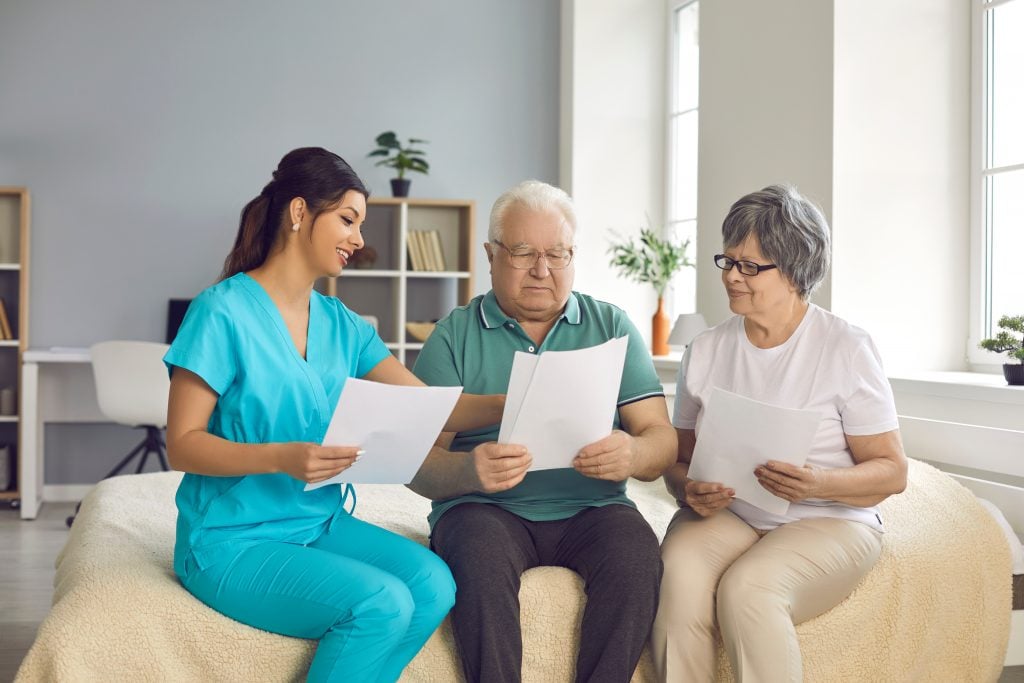Energy Employees Occupational Illness Compensation Program Act (EEOICPA)
Understanding the Compensation Program
What is EEOICPA?
During the early twentieth century, thousands of workers employed in the U.S. nuclear weapons industry were exposed to harmful chemicals, toxins, and heavy metals with high levels of radiation as a part of their jobs. To help compensate workers who were injured as a result of their exposure, the federal government created The Energy Employees Occupational Illness Compensation Program Act (EEOICPA).


Who Qualifies for EEOICPA Benefits?
The EEOICPA only compensates nuclear weapons workers who were employed by the Department of Energy (DOE) after 1941 and became ill as a result of exposure to harmful chemicals at work. Eligible individuals can obtain lump-sum payments and health benefits if they satisfy a specific set of criteria. Possible beneficiaries include current employees, former employees, contractors, and subcontractors. If a worker is deceased, his or her surviving family members may also be able to receive compensation.
EEOICPA Benefits
The EEOICPA is made up of two benefit programs, known as Part B and Part E.
Part B Benefits
- Payment of medical expenses for covered illnesses from the date a claim is filed
- Lump-sum compensation of up to $150,000
- This sum is payable to the claimant or their eligible survivors if deceased
Covered medical services for both Parts B & E include:
- Doctors’ visits
- Outpatient and inpatient care
- Lab testing
- Therapy including physical, occupational, and speech
- In-home medical care
- Prescriptions
- durable medical equipment
- travel expenses related to medical services
Part E Benefits
- Payment of medical expenses for the treatment of covered medical conditions
- Monetary compensation up to $250,000 based on a combination of lost wages and impairment
- Lost wage calculations:
- $10,000 for each year before Social Security full retirement age (FRA) that the worker’s wages were between 25% and 50% lower than the worker’s average wage during the three years prior to the first quarter of wage loss; and
- $15,000 for each year before FRA that the worker’s wages were at least 50% lower than the worker’s average wage during the three years prior to the first quarter of wage loss.
- Impairment calculations:
- $2,500 for each percentage point of whole body impairment as determined using the current edition of the American Medical Association’s Guides to the Evaluation of Permanent Impairment
- Lost wage calculations:
Program Eligibility
EEOICPA Claimant Requirements
Only workers who satisfy certain requirements can obtain compensation under the EEOICPA. In order to qualify, an applicant must have been diagnosed with cancer or another illness caused by chemicals and have worked at a covered DOE facility.
Covered Illnesses
Covered Facilities
Requirements by Program
Part B Requirements
Former energy workers can qualify for Part B compensation through one of two ways.
1) Dose reconstruction. Dose reconstruction is a process that evaluates the worker’s individual work history and radiation exposure to determine the likelihood that the worker’s cancer was caused by his or her exposure to ionizing radiation.
2) Special Exposure Cohort (SEC). The SEC allows these employees to receive compensation under Part B without the completion of a radiation dose reconstruction and causation determination. To be considered a part of this cohort, you must have worked for a specific period of time at a specific location and have been diagnosed with one of the cancers listed in the SEC rule
Part E Requirements
Part E of EEOICPA operates similar to a traditional workers’ compensation program whereby compensation is calculated based on lost wages and impairment.
Former workers are eligible for Part E benefits if it is determined that exposure to toxic substances at a DOE facility is “as likely as not” to have caused the worker’s illness or death.
Additionally, former uranium miners, millers, and ore transporters who have received benefits under S5 of the Radiation Exposure Compensation Act (RECA) are eligible for Part E benefits.
EEOICPA Survivors
Who is Considered an EEOICPA Survivor?
Part B Survivorship
Under Part B, survivors can include any of the following individuals:
- An eligible worker’s spouse, as long as the couple was married for at least one year;
- A worker’s child if he or she has no living spouse;
- An eligible worker’s parent if he or she has no living spouse or child;
- A worker’s grandparent if there is no living spouse, child, or parent; and
- A worker’s grandchild if there are no other surviving relatives.
Part E Survivorship
The definition of a survivor is more restricted under Part E, which only covers:
- The spouse of a worker if the couple was married for at least a year;
- If there is no surviving spouse, children who were younger than 18 years old at the time of their parent’s death;
- If there is no surviving spouse, children up to the age of 23 years old if they were in college at the time of their parent’s death; and
- If the worker is not survived by a spouse, any children if they were unable to work due to a medical disability at the time of their parents’ death.